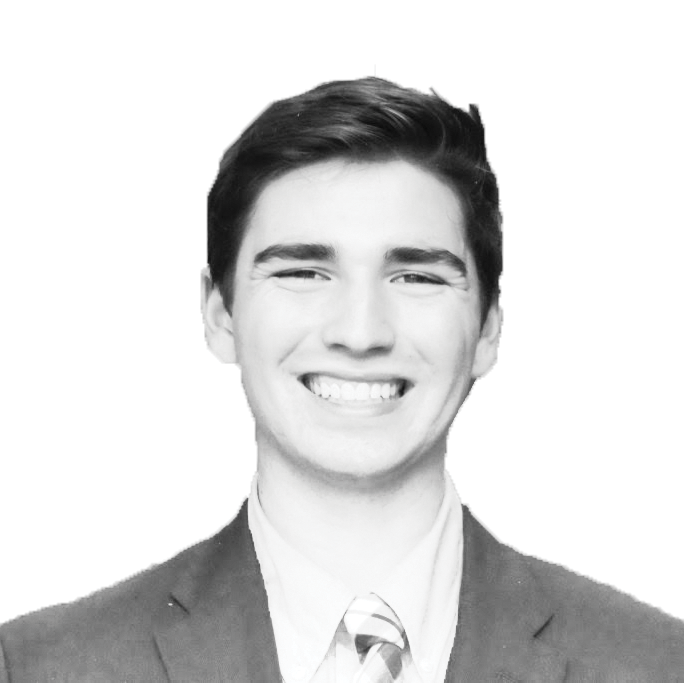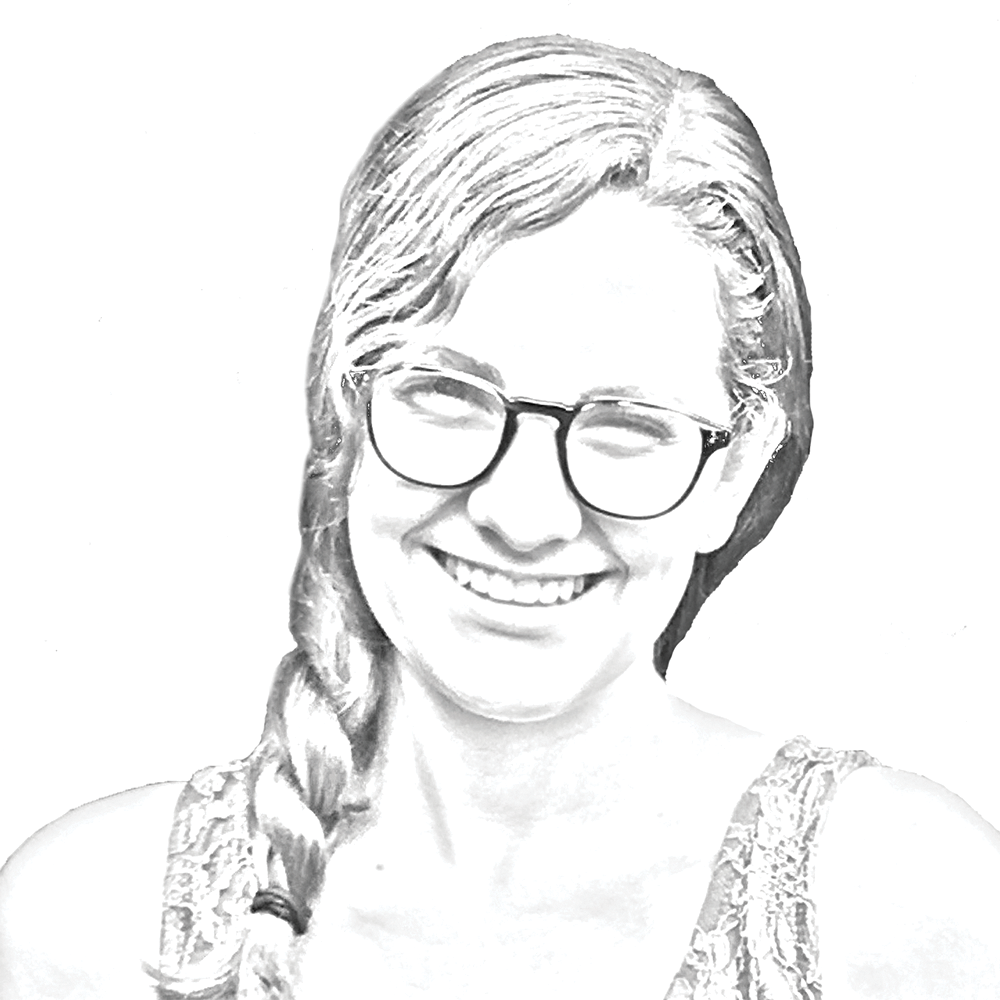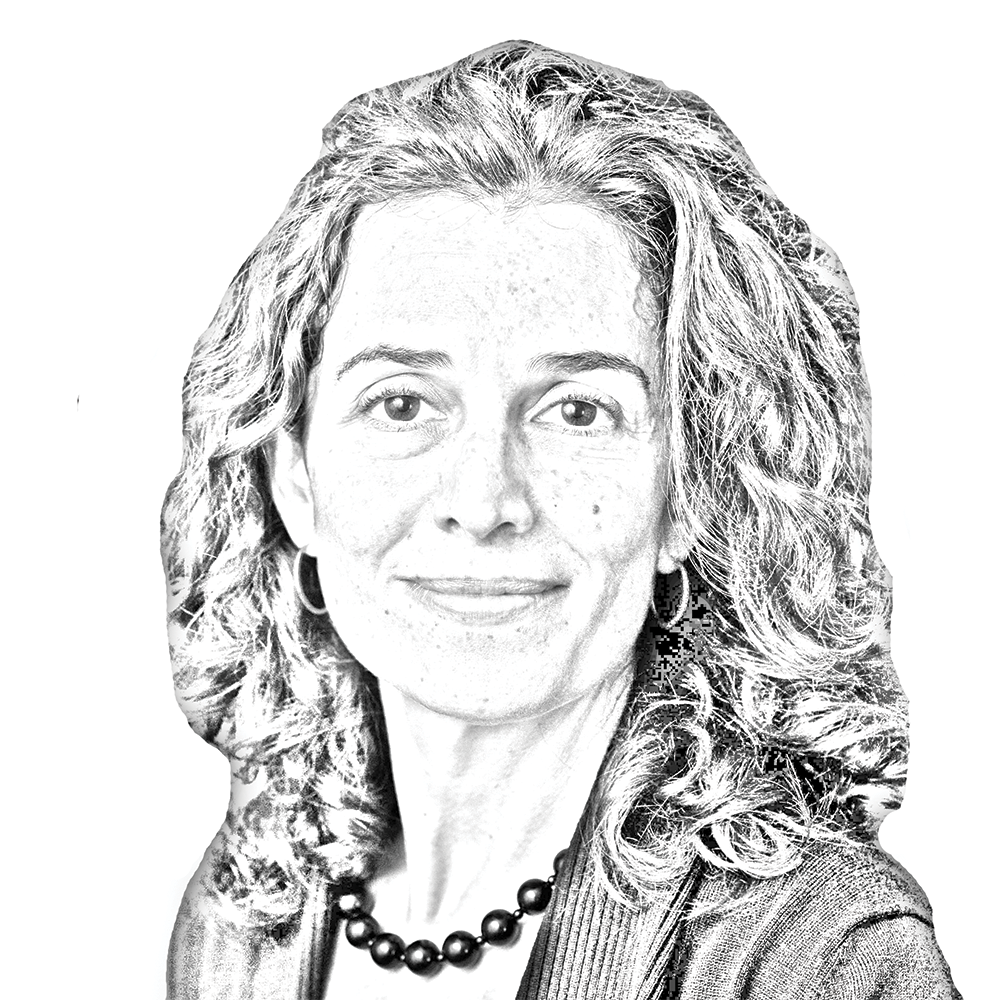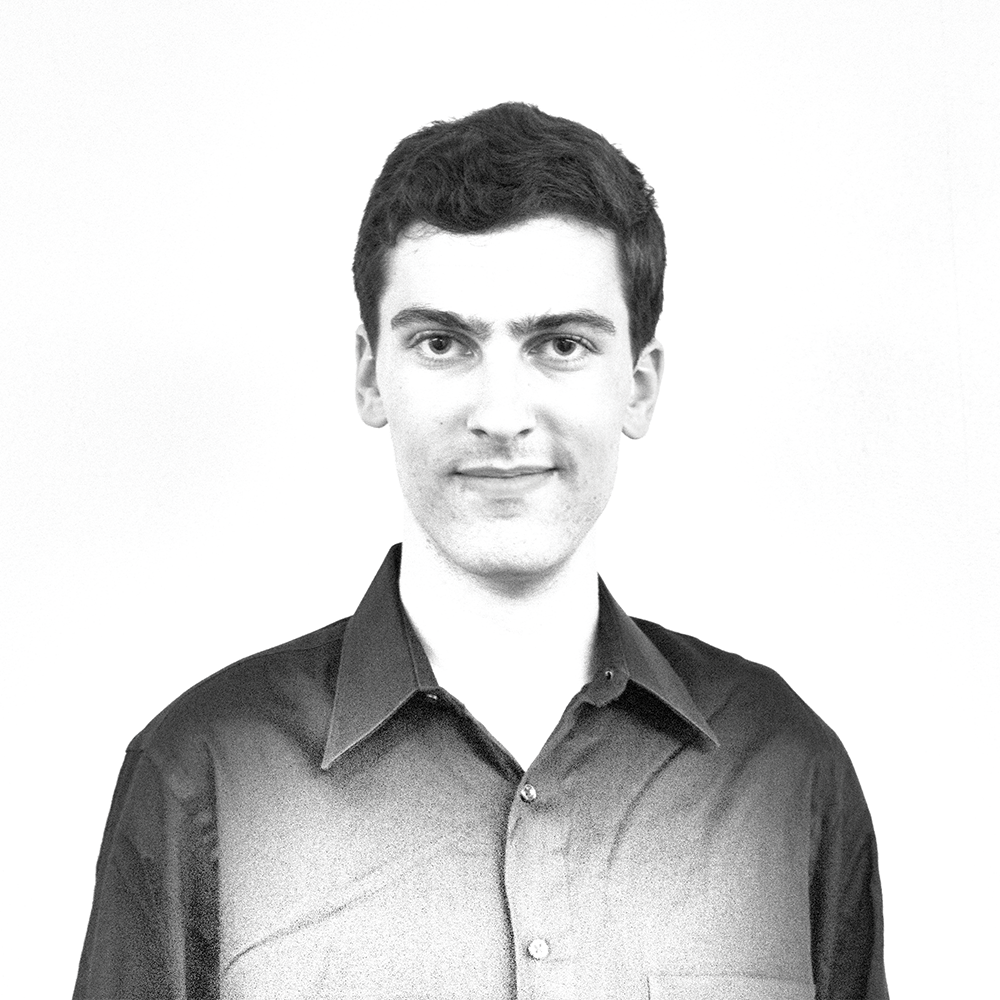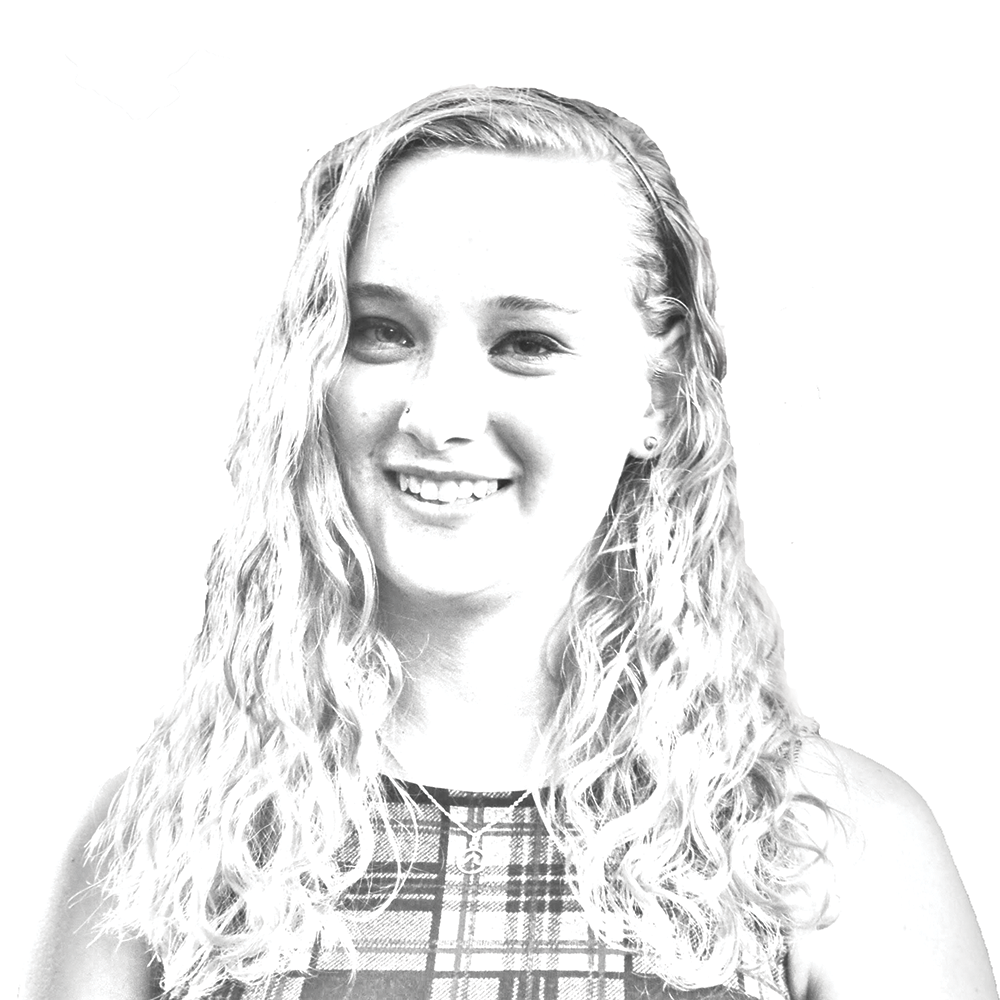Our criminal justice system is not broken. Instead, it works with breathtaking, astonishing effectiveness — without flaw, inconvenience or inefficiency — to achieve its purpose: the subjugation of impoverished communities and communities of color in America.
Conversations about criminal justice cannot take place in the absence of our nation’s historical context. Ubiquitously, we have implemented systems allowing hegemonic groups — white, Christian, wealthy men most notably — to flourish and maintain their status. Such systems have neither disappeared nor diminished since 1776. Slavery was gradually replaced by convict leasing, which was gradually replaced by the Jim Crow era, which has been gradually replaced by mass incarceration.
Systemic oppression of poor communities of color exists at every step of the extended process we call criminal justice. According to the Justice Department’s 2015 Ferguson report, “law enforcement practices overwhelmingly impact African Americans,” and research literature reflects this assessment. Cocaine, heroin and hallucinogen abuse is more prevalent among whites than among African Americans, while marijuana and crack use is equal, yet African Americans are sent to prison for drug offenses at 10 times the rate of whites. This disparity in incarceration rates extends beyond drug offenses as one and three African-American men, compared to one in 17 white men, will be incarcerated in their lifetimes.
In the proceedings leading to incarceration, poor people of color face systemic challenges as well. People of color, disproportionate to whites, cannot afford to post bail. Many studies show how such an issue prevents defendants from creating full and complete defenses. In 66 percent of their cases, African Americans are represented by lawyers for the duration of the case while whites are represented by lawyers for the full duration of their cases 88 percent of the time. Studies find that African Americans are 2.5 times more likely than Whites to file discrimination claims pro se — on their own. Prosecutors implement exclusions to remove African Americans from juries.
Once incarcerated, individuals enter a system that disproportionately implements tactics of punishment, rather than one that works to foster equally the three tenets of criminal justice: punishment, deterrence and rehabilitation. Though poor mental health contributes significantly to an individual’s likelihood of committing a crime, mental health resources are scarce in prisons and jails. When they do exist, they often offer only medication services. Moreover, in many states prisons have become the only governmental institutions in operation to house the mentally ill. In Maryland, former Gov. Martin O’Malley (D) closed the last remaining mental health institution in the state.
Incarcerated individuals have no incentives to complete even basic levels of education and often are denied access to college-level education. Vocational training in prisons teaches only antiquated skills. Sing Sing Correctional Facility offers woodworking workshops, and inmates at the Maryland Correctional Institute for Women sew flags. Few inmates have the opportunity to reduce their sentences, no matter how many programs they complete or how well they behave.
Once incarcerated individuals complete sentences, they re-enter society with limited skills and educations and poor physical and mental health and thus lag behind other members of society. This gap exacerbates existing challenges for returning citizens, who in many states and localities cannot vote, in obtaining public housing or getting a job. Some paroles require ex-convicts to sign a lease or report pay checks, so the systematic discrimination of the job and housing market prevents them from following their paroles. For all, it fosters recidivism.
These restrictions represent a fraction of the systemic hurdles for those who go through the criminal justice system. The children of former inmates are two to five times as likely to get caught up in the legal system and inmates can end up back in jail for technical parole violations. In one case, a man was returned to jail after he mistakenly followed his GPS into Virginia and violated his parole. Solitary confinement erodes mental health. Predatory cells in prison bring inmates into contact with higher-level offenders, increasing their chances of committing a higher-level offense after they leave.
Our criminal justice system poses inhibiting, life-altering obstacles to the poor individuals of color it preys on largely through drug policy, policing and discriminatory legal procedures. The system’s mechanisms perpetuate our nation’s historical disempowerment of communities of color to maintain the status of the powerful. It is our country’s single most oppressive system.
The criminal justice system cannot be reformed, tinkered with, gradually patched up or even fixed if we truly want to break the shackles of racial and class discrimination. It must be fully and forcefully dismantled, redesigned, reshaped and rebuilt to promote the three tenets of criminal justice and a foundation of racial and socio-economic equality.
Isaiah Fleming-Klink is a Freshmen in the School of Foreign Service. Vanguard Voices appears every other Tuesday.



